India, China tempted, but hurdles remain
For all the mineral wealth believed to be lying untapped in Afghanistan, India and China, are not rushing in with pick axes.
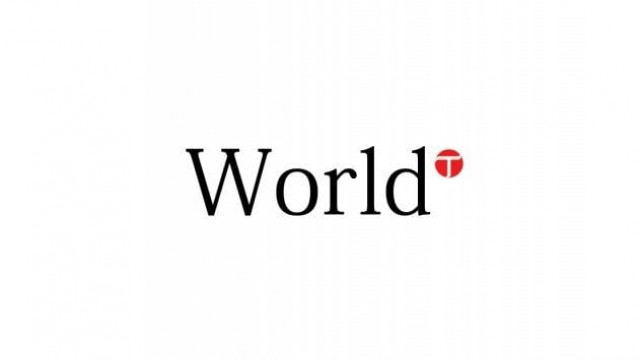
Both resource-hungry nations, jockeying for influence in Afghanistan are hungrily eyeing the deposits of iron ore, copper and key industrial metals such as lithium, estimated to be worth more than $1 trillion.
But while this bounty is enough to transform Afghanistan’s bedraggled $11 billion economy, the security and logistical challenges involved in extracting the minerals and bringing them to the global market from the landlocked nation are just as daunting for the Indians and the Chinese as they are for Western investors, officials and analysts say.
“China and India are not going to walk away from this, but I just don’t see this taking off in the immediate future,” said Kamran Bokhari, Regional Director, Middle East and South Asia at global intelligence firm STRATFOR.
Even with the best of infrastructure, mining minerals is very expensive and time-consuming compared to drilling for oil.
Digging the shafts and building elevators, processing plants, railroads and tarmac roads can cost up to several billion dollars for a single mining operation.
Kabul is keen on a greater Indian role in the mining sector, but the Indians have a bigger problem than the Chinese. Even if they were able to set up the mining infrastructure inside Afghanistan, they have to transport the products through Pakistan.
India and Afghanistan have been trying to persuade Pakistan to allow limited movement of trucks carrying fruits and vegetables through its territory. Islamabad, which is strongly opposed to a deepening Indian role in Afghanistan, has shown little sign of flexibility.
Published in The Express Tribune, June 24th, 2010.




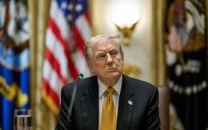
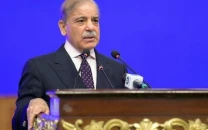


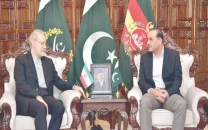



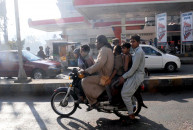






COMMENTS
Comments are moderated and generally will be posted if they are on-topic and not abusive.
For more information, please see our Comments FAQ